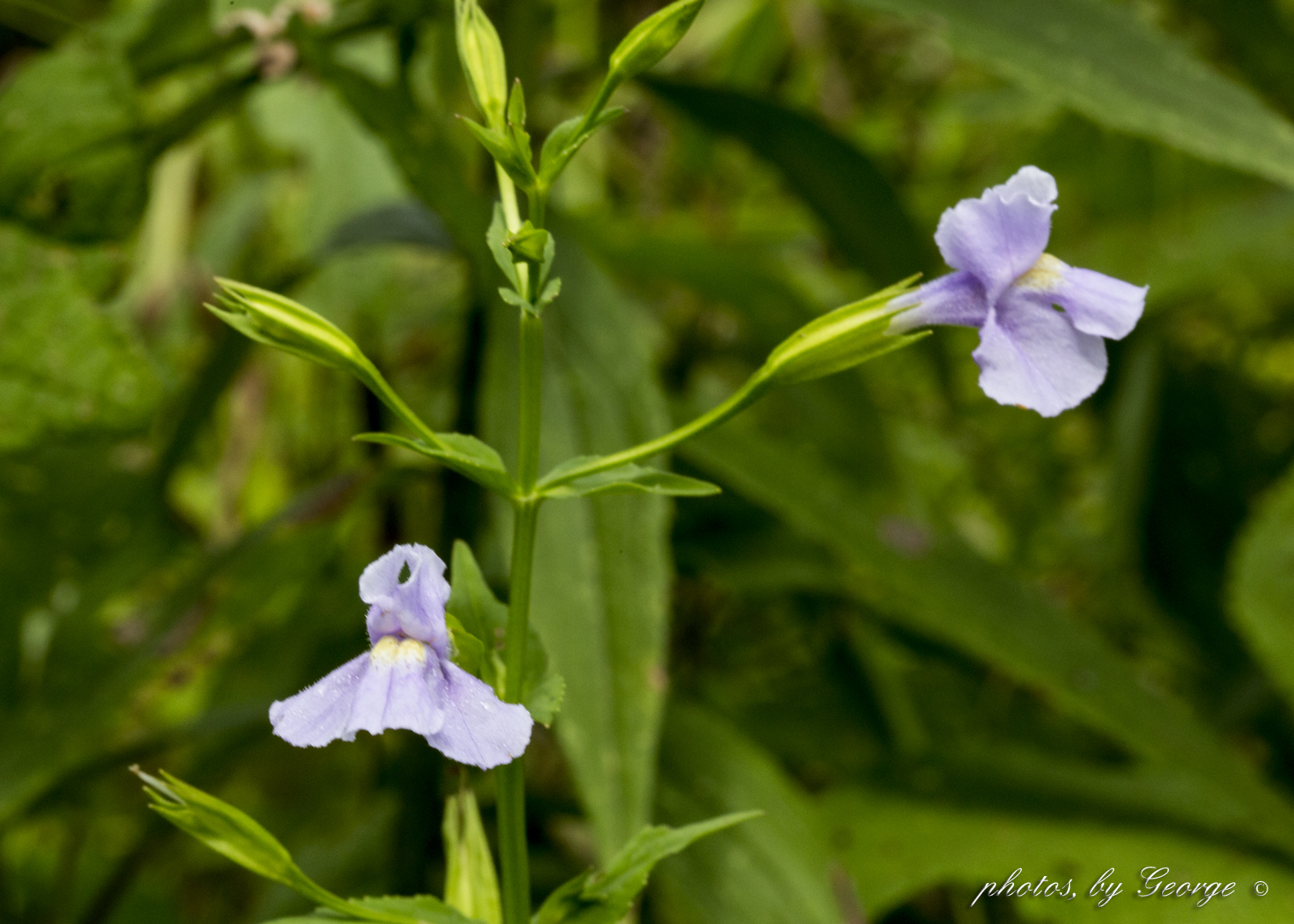Plant with square stem – Plants with square stems, a distinctive botanical feature, captivate the attention of botanists and horticulturalists alike. Their unusual morphology conceals intriguing adaptations and practical applications, inviting us to explore the fascinating world of square-stemmed flora.
From the resilient Lamb’s Quarters to the stately Goldenrod, square-stemmed plants exhibit remarkable diversity, each species showcasing its own unique evolutionary journey.
Square-Stemmed Plant Identification

Various plant species exhibit square stems, a distinct morphological characteristic. These stems possess four flat sides and sharp angles, differentiating them from other stem shapes. The presence of square stems often serves as a valuable taxonomic trait for plant identification.
The following table provides a comprehensive list of plant species with square stems, organized by scientific name, common name, and brief descriptions:
| Scientific Name | Common Name | Description |
|---|---|---|
| Lamium purpureum | Purple Dead-nettle | Erect, hairy herb with opposite, heart-shaped leaves and purple flowers |
| Stachys sylvatica | Hedge Woundwort | Perennial herb with square stems, opposite leaves, and pink or purple flowers |
| Glechoma hederacea | Ground Ivy | Creeping herb with square stems, round leaves, and blue or purple flowers |
| Salvia officinalis | Common Sage | Shrubby herb with square stems, oblong leaves, and blue or purple flowers |
| Mentha spicata | Spearmint | Perennial herb with square stems, opposite leaves, and small, white flowers |
| Ocimum basilicum | Sweet Basil | Tender annual herb with square stems, opposite leaves, and small, white flowers |
| Thymus vulgaris | Common Thyme | Shrubby herb with square stems, small, oval leaves, and pink or purple flowers |
| Rosmarinus officinalis | Rosemary | Woody shrub with square stems, narrow, evergreen leaves, and blue or purple flowers |
Adaptations of Square-Stemmed Plants

Square-stemmed plants possess unique structural and physiological adaptations that enable them to thrive in their diverse environments. These adaptations provide advantages in support, water transport, and photosynthesis.
Structural Adaptations
The square shape of the stem provides exceptional structural stability. The four flat sides interlock tightly, creating a rigid framework that can withstand strong winds and support heavy growth. This adaptation is particularly beneficial for tall or sprawling plants, such as the sunflower (Helianthus annuus), which can grow up to 12 feet in height.
Physiological Adaptations
Square stems also facilitate efficient water transport. The xylem vessels, which carry water from the roots to the leaves, are arranged in a ring around the stem’s interior. This arrangement maximizes the surface area for water absorption and allows for rapid water flow. Additionally, the thick cell walls of the square stem help to prevent water loss through evaporation.
Furthermore, the flat surfaces of the square stem increase the surface area for photosynthesis. The chloroplasts, which contain chlorophyll and are responsible for capturing sunlight, are located in the leaves and green stems. The increased surface area allows for more efficient light absorption and greater photosynthetic output.
Examples of Square-Stemmed Plants
Square-stemmed plants are found in a wide variety of habitats. Some notable examples include:
– Lamiaceae (Mint Family): Many members of the mint family, such as basil (Ocimum basilicum) and rosemary (Salvia rosmarinus), have square stems.
– Asteraceae (Sunflower Family): The sunflower (Helianthus annuus) and the daisy (Bellis perennis) are examples of square-stemmed plants in the sunflower family.
– Verbenaceae (Vervain Family): The lantana (Lantana camara) and the vervain (Verbena officinalis) are square-stemmed plants belonging to the vervain family.
Horticultural Applications of Square-Stemmed Plants: Plant With Square Stem
Square-stemmed plants offer a unique blend of aesthetic appeal and practical utility in horticulture. Their distinct geometric shape adds architectural interest to gardens, while their sturdy stems provide support for climbing or trailing species.
Square-stemmed plants are well-suited for various garden styles, from formal to cottage gardens. In formal gardens, they can create a sense of order and symmetry, while in cottage gardens, they add a touch of whimsy and charm.
Indoor Cultivation
Square-stemmed plants are suitable for both indoor and outdoor cultivation. Indoors, they make excellent houseplants, adding a touch of greenery and architectural interest to any room. Choose species that tolerate low light conditions, such as the popular snake plant (Sansevieria trifasciata) or mother-in-law’s tongue (Dracaena trifasciata).
Outdoor Cultivation
Outdoors, square-stemmed plants can be used for a variety of landscaping purposes. They can be planted as specimen plants, creating a focal point in the garden. They can also be used to create borders, hedges, or screens, providing structure and privacy. Some popular choices for outdoor cultivation include the boxwood (Buxus sempervirens), privet (Ligustrum species), and arborvitae (Thuja occidentalis).
Ornamental Uses
Square-stemmed plants are highly valued for their ornamental qualities. Their unique shape and often variegated foliage make them attractive additions to any garden. Some species, such as the croton (Codiaeum variegatum), are prized for their colorful leaves, while others, like the prayer plant (Maranta leuconeura), have distinctive leaf patterns.
Practical Uses, Plant with square stem
In addition to their ornamental value, square-stemmed plants can also serve practical purposes in the garden. Some species, such as the aloe vera (Aloe vera), have medicinal properties and can be used to treat burns and skin irritations. Others, like the asparagus fern (Asparagus setaceus), can be used as cut flowers or in floral arrangements.